Polished vs Matte Quartz Surfaces are a popular choice for countertops, backsplashes, and other applications in both homes and commercial spaces. Known for their durability, beauty, and low maintenance, quartz has become one of the top materials for designers and homeowners. When it comes to choosing the right quartz surface for a space, two main finishes come into play: polished and matte. Each finish offers distinct advantages, and the decision between them depends on the look and functionality you’re seeking.
What is Quartz?
Quartz is an engineered stone made from natural quartz crystals mixed with resin. This mixture is pressed into slabs and cured under heat and pressure, making quartz surfaces strong, non-porous, and resistant to scratches, stains, and moisture. With a variety of colors and patterns, quartz surfaces are versatile, fitting into any style, from modern to traditional. The key difference between polished and matte finishes lies in the surface texture and the overall appearance.
Polished Quartz Finish
A polished quartz surface has a high-gloss finish, which gives it a smooth, shiny appearance. This glossy surface is created through a process of buffing the quartz until it reflects light. It provides a mirror-like sheen that enhances the color and depth of the quartz material, making it an ideal choice for those seeking a luxurious, sophisticated look.
Advantages of Polished Quartz:
- Enhanced Aesthetic Appeal: Polished finishes bring out the rich colors and veining patterns in quartz. The reflective surface highlights the natural beauty of the stone, creating a high-end, elegant feel in any room.
- Easy to Clean: The smooth, glossy surface of polished quartz is easy to wipe down. Spills, dirt, and stains are less likely to stick to the surface, making cleaning quick and simple.
- Brightens Spaces: The reflective nature of polished quartz helps brighten up a room. Light bounces off the surface, making spaces feel more open and airy.
Disadvantages of Polished Quartz:
- Visible Fingerprints and Smudges: While easy to clean, the glossy surface of polished quartz can show fingerprints, water spots, and smudges, which may require frequent wiping to maintain its pristine look.
- Slippery Surface: Polished quartz can be slippery when wet, which may not be ideal for areas like kitchens or bathrooms where water is frequently present.
Matte Quartz Finish
A matte finish, also known as a honed finish, offers a more subtle, soft look compared to the high-gloss polished finish. The surface is smooth but not shiny, and it has a more natural, muted appearance. To create a matte finish, the quartz is lightly sanded to remove any shine while maintaining a smooth texture.
Advantages of Matte Quartz:
- Sophisticated and Subtle: Matte finishes are more understated and timeless, offering a calm, muted look that fits into any space. They complement a variety of design styles without overwhelming the overall aesthetic.
- Less Maintenance: Unlike polished quartz, matte surfaces are less likely to show fingerprints or water spots, making them easier to maintain. This is a significant advantage for busy households or commercial spaces.
- Natural Look: For those looking for a more natural or rustic feel, a matte quartz surface can mimic the appearance of natural stone without the high gloss that some people find too flashy.
Disadvantages of Matte Quartz:
- Less Reflective: While a matte surface can be visually appealing, it does not reflect light as effectively as a polished finish. This can result in a darker or more subdued atmosphere, which might not work well in rooms that need extra brightness.
- Visible Scratches: While matte surfaces hide fingerprints, they may show scratches or marks more easily than polished surfaces. Over time, the surface can develop a worn look if not properly cared for.
Which Finish is Right for You?
When deciding between polished and matte finishes for your quartz surfaces, consider the following factors:
- Aesthetic Preferences: If you want a bold, luxurious look that enhances the color and veining in the stone, polished quartz might be the better choice. On the other hand, if you prefer a more subtle, understated aesthetic, a matte finish could be the ideal option.
- Maintenance: If you’re looking for a surface that requires less upkeep and is less prone to showing smudges, matte quartz may be the way to go. However, if you don’t mind the occasional wipe-down to keep the shine, polished quartz will work just fine.
- Room Functionality: Consider the room where the quartz will be used. For high-traffic areas like kitchens, a matte finish might be better, as it hides smudges and scratches more effectively. For areas that need to appear larger or brighter, such as small bathrooms or dark spaces, polished quartz can reflect light and make the space feel more open.
Conclusion
Both polished and matte finishes for quartz surfaces offer unique benefits. Polished quartz provides a high-gloss, reflective finish that enhances the stone’s natural beauty and creates a luxurious feel. Meanwhile, matte quartz delivers a more subdued, natural look and requires less maintenance. The choice ultimately depends on your style preferences, the level of upkeep you’re willing to maintain, and the overall ambiance you want to create in your space.
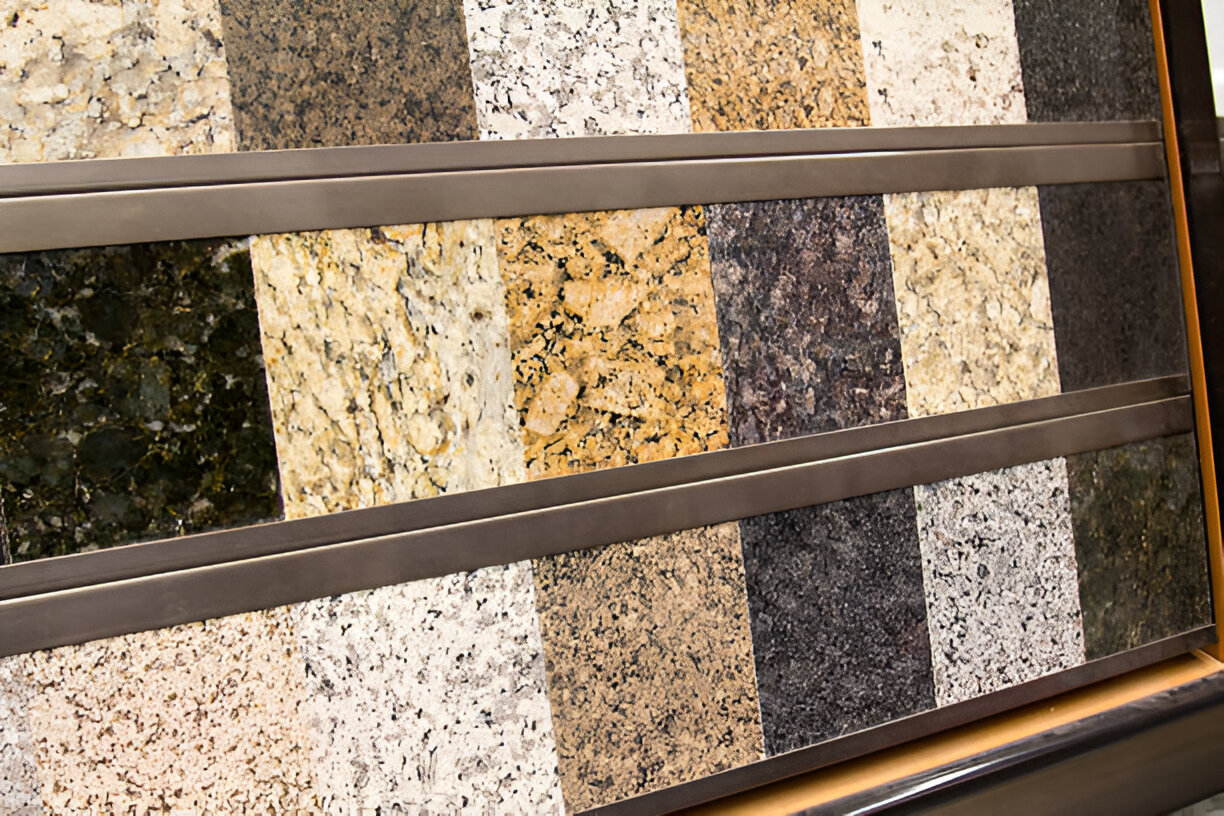
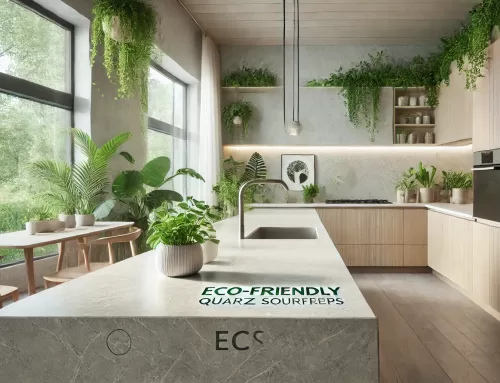
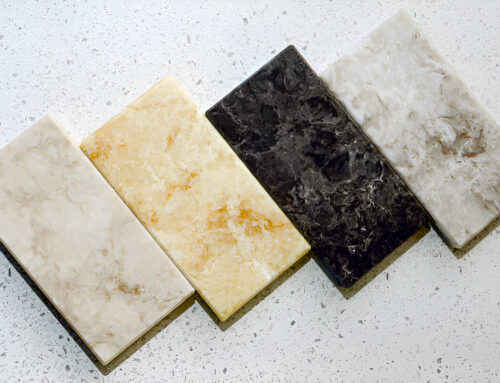
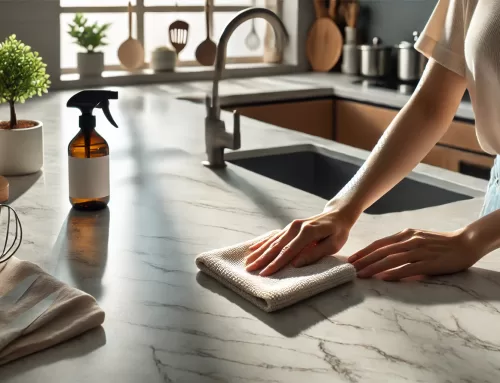
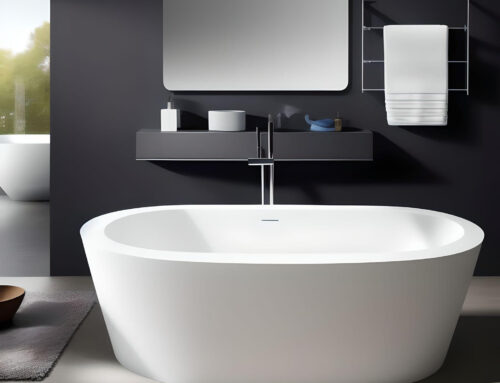
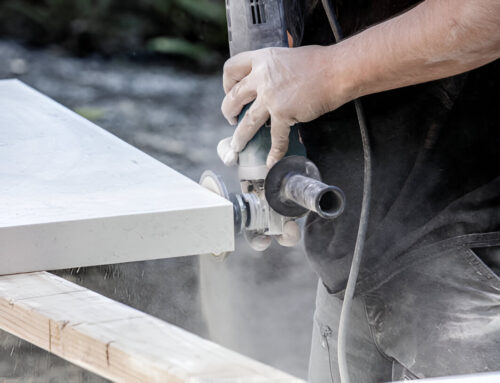
Leave A Comment